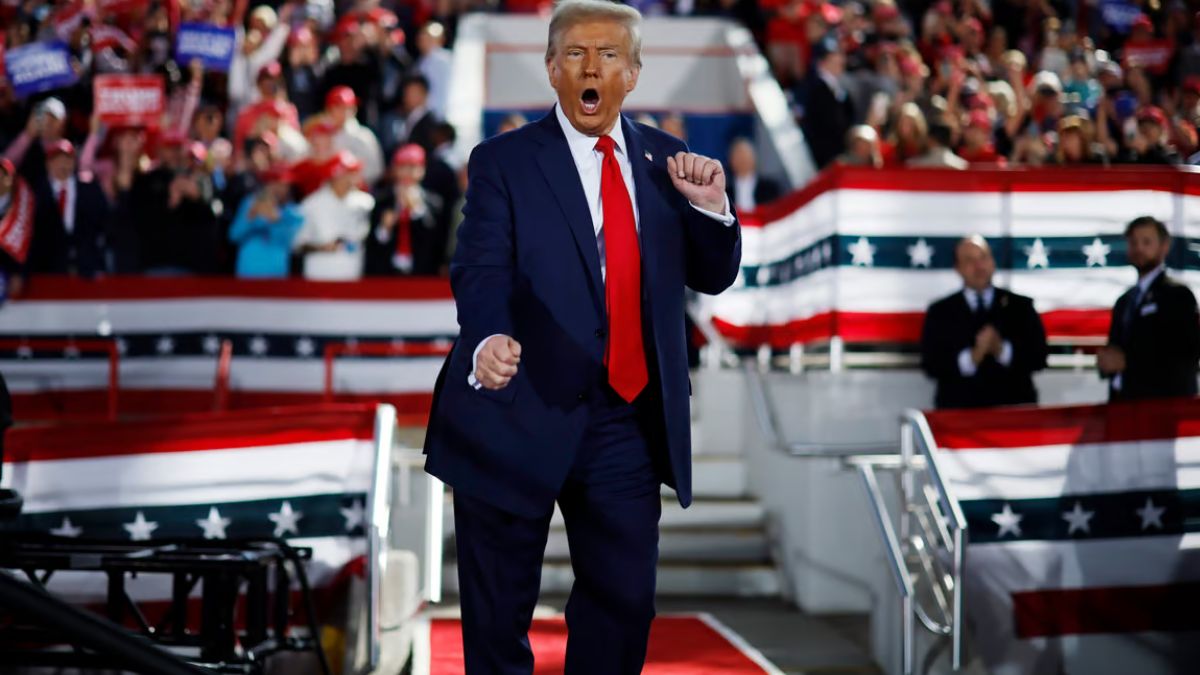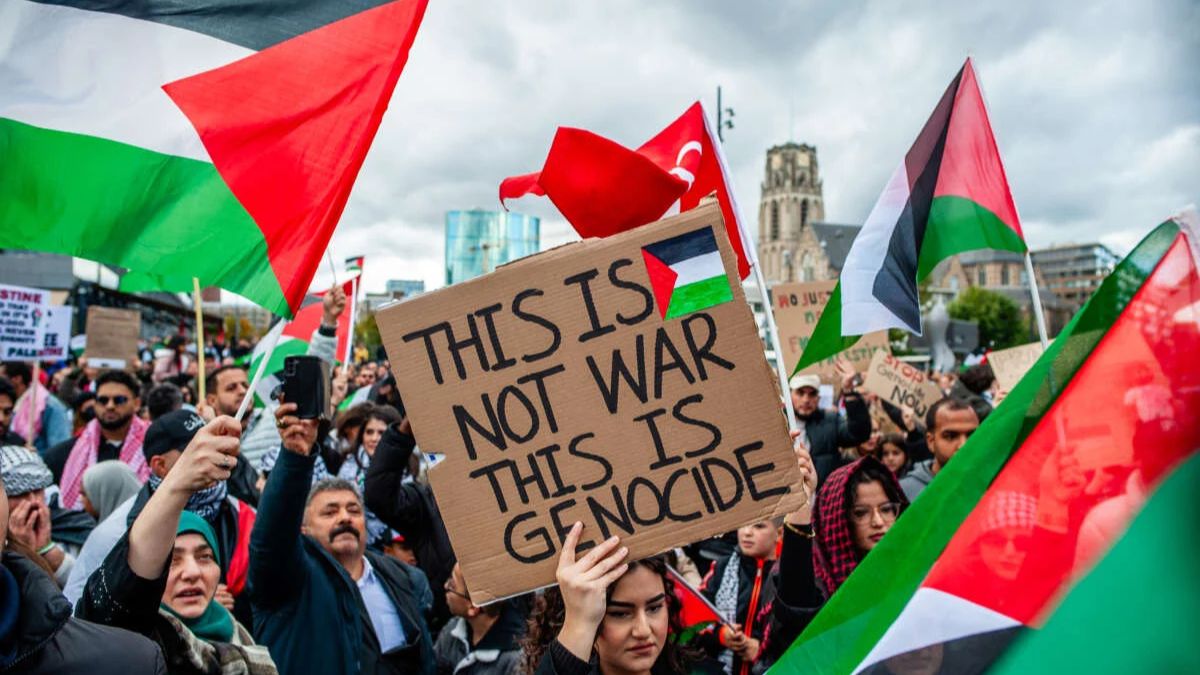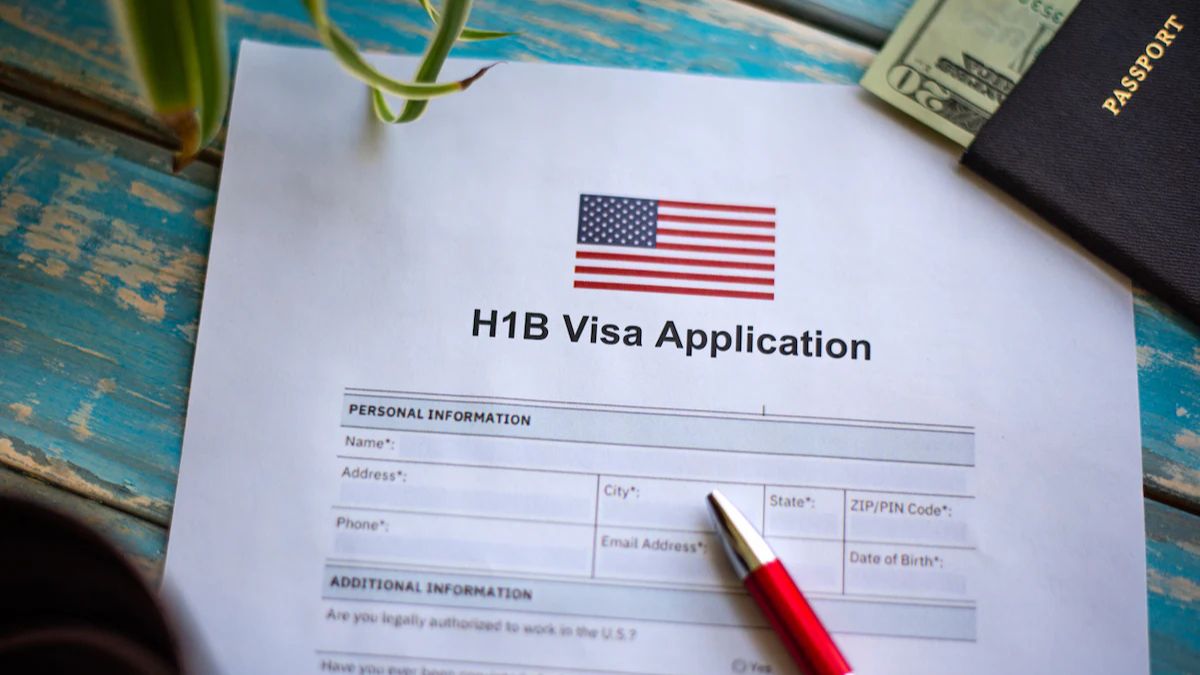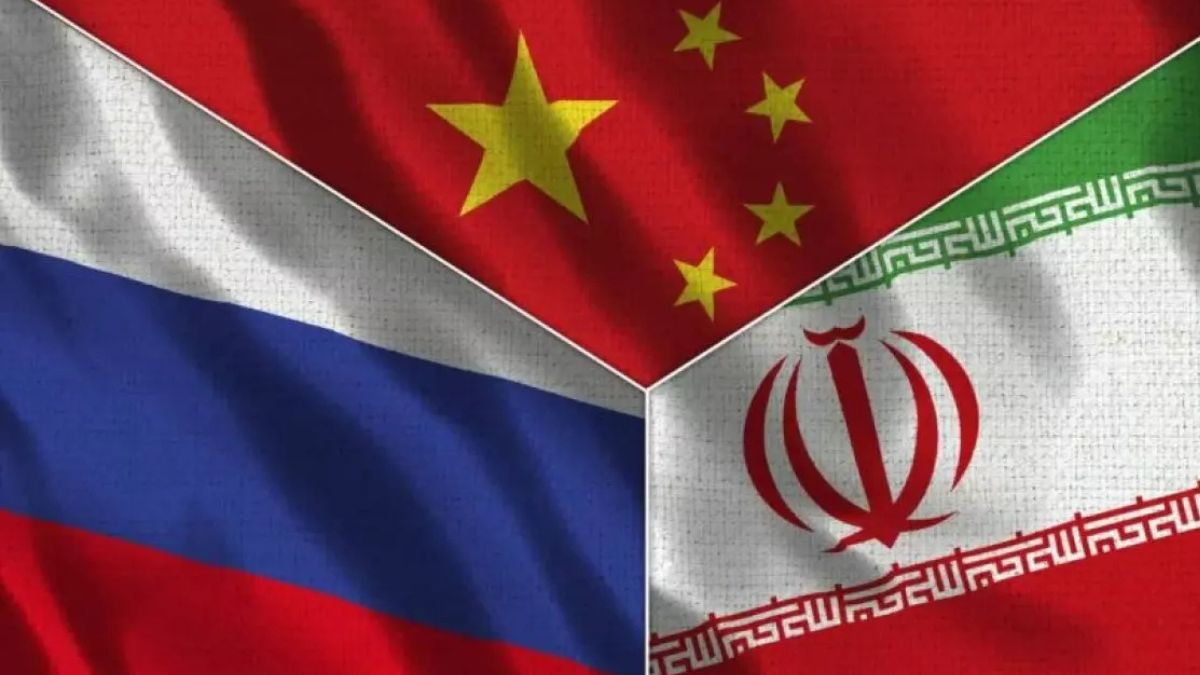A President Just Disrespected America in the Oval Office—And It Wasn’t Zelenskyy
The walls of the Oval Office have witnessed plenty of drama over the years. But what unfolded on February 28, 2025, wasn’t just a diplomatic spat—it was a spectacle of power, arrogance, and historical amnesia.
In one corner: Ukrainian President Volodymyr Zelenskyy, a leader trying to hold his country together as Russian tanks roll deeper into Ukrainian soil. In the other: Donald Trump and his Vice President JD Vance, who took turns interrupting, dismissing, and belittling him. The world watched. Ukraine took notes.
Ukraine’s “Disaster” That Might Just Save It
While some media outlets called the event a diplomatic failure, others hesitated to label it a full-blown catastrophe. But ask Ukrainians, and the reactions are split.
Some are furious. “Did Zelenskyy let himself get baited?” some whisper. “Should he have stayed silent?” But here’s the thing: he didn’t need to. The spectacle had an unintended consequence—one that Trump, for all his supposed genius at playing the media, failed to see coming. It galvanized Ukraine.
A friend displaced from occupied Nova Kakhovka summed it up: “There hasn’t been this level of unity since the early days of the war.”
The Man Who Didn’t Criticize Zelenskyy
Even in Ukraine’s messy political landscape, where opposition leaders rarely miss a chance to take shots at Zelenskyy, something strange happened. Petro Poroshenko—Zelenskyy’s fierce critic and the leader of the opposition party European Solidarity—refused to attack him.
“The country does not need criticism. The country needs unity,” Poroshenko said in a video message on March 1.
That’s when you know something big just happened.
Trump’s Fantasy Versus Ukraine’s Reality
Trump’s hostility toward Zelenskyy isn’t new. Since taking office (again), he’s pushed a narrative that paints Ukraine as a corrupt, ungrateful money pit. He’s called Zelenskyy a “dictator without elections” (false) and claimed his approval rating was 4% (also false—it’s 63%).
But nothing hit harder than his defense of Vladimir Putin.
In the meeting, Trump insisted Putin was a “man of his word.” That was the breaking point. Zelenskyy, visibly stunned, pulled out photos of Ukrainian prisoners of war—faces bruised, bodies broken after months of Russian captivity. The room fell silent.
But Trump? He wasn’t interested in war crimes or suffering. He doubled down.
Why Trump’s America Is Letting Putin Off the Hook
If there were any remaining doubts about Trump’s stance on Russia, the lead-up to this meeting erased them.
Just days before, his administration voted alongside Russia at the UN, rejecting a resolution condemning Russian aggression. Then, at the G7, they blocked a statement marking three years of war—because it labeled Russia the aggressor.
The message? Loud and clear.
For Ukraine, this isn’t just an insult. It’s a warning. Trump’s America is no longer a reliable ally.
Zelenskyy’s Next Move: Defender of Truth
Ukraine’s media—both pro- and anti-Zelenskyy—framed the Oval Office clash as something bigger than a diplomatic breakdown. To them, Zelenskyy wasn’t just defending his country. He was defending the truth.
He corrected Trump’s false claims. He challenged outright lies. He didn’t stay silent, even when doing so might have been politically convenient.
But did his emotional response cost him?
Some think so. Opposition lawmaker Oleksiy Goncharenko suggested Zelenskyy should have been “more diplomatic.” Others criticized the decision to hold the conversation in front of the press, without professional translators who might have softened the exchange.
Still, for most Ukrainians, one thing is clear: Zelenskyy fought back. And for that, he earned their support.
Whose Leader Is Zelenskyy, Anyway?
Republican Senator Lindsey Graham wasted no time after the incident, suggesting that Zelenskyy should step down. The message? The U.S. needs a Ukrainian leader it can “work with.”
Kira Rudyk, leader of the Ukrainian opposition party Holos, shot back: “It’s up to Ukrainians—not the U.S.—to decide who leads Ukraine.”
And that’s where Trump miscalculated. In trying to humiliate Zelenskyy, he did the opposite. He made him the face of resistance.
The Bigger Picture: Why Ukraine Is Looking to Europe
Beyond the fiery headlines and political drama, another reality is settling in.
For the past three years, Ukraine relied heavily on U.S. support. But now? The country is pivoting. European leaders—like Britain’s Keir Starmer and France’s Emmanuel Macron—are stepping into the space Trump is leaving behind.
The question isn’t whether the U.S. will abandon Ukraine. It’s whether Ukraine even cares anymore.
So, Who Really Won?
As the dust settles, it’s clear who walked away stronger.
Not Trump, whose administration now looks like a chaotic, unreliable mess. Not Putin, who still faces a Ukrainian army unwilling to back down.
But Ukraine? It just found its rallying cry.
As Goncharenko put it: “It was not Ukraine, it was not the United States who won… it was Putin.”
And that, more than anything else, is why this moment matters.




